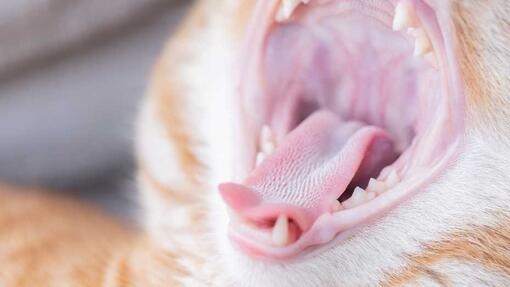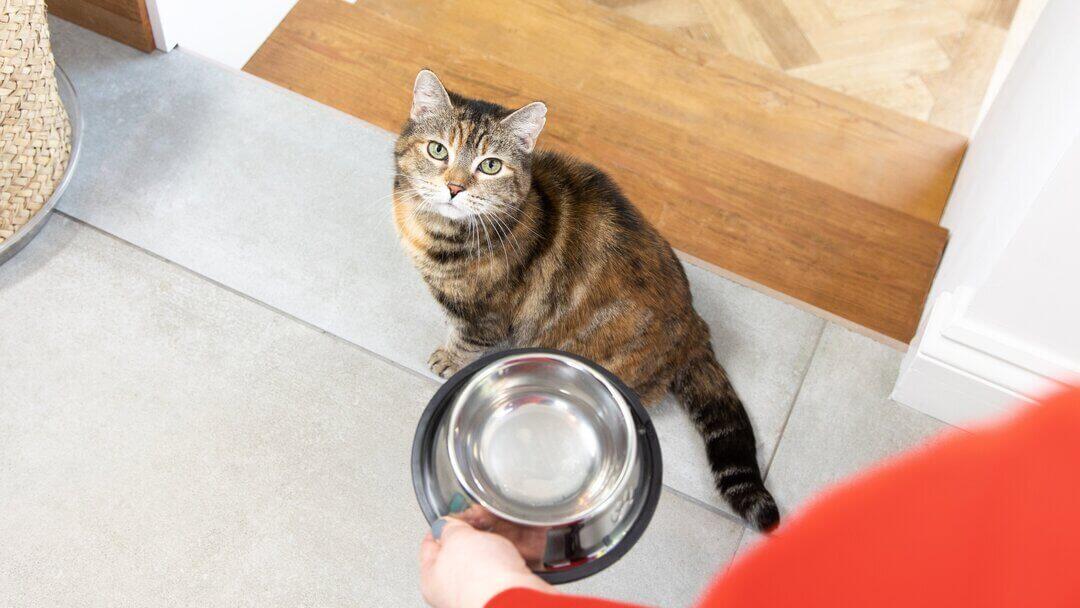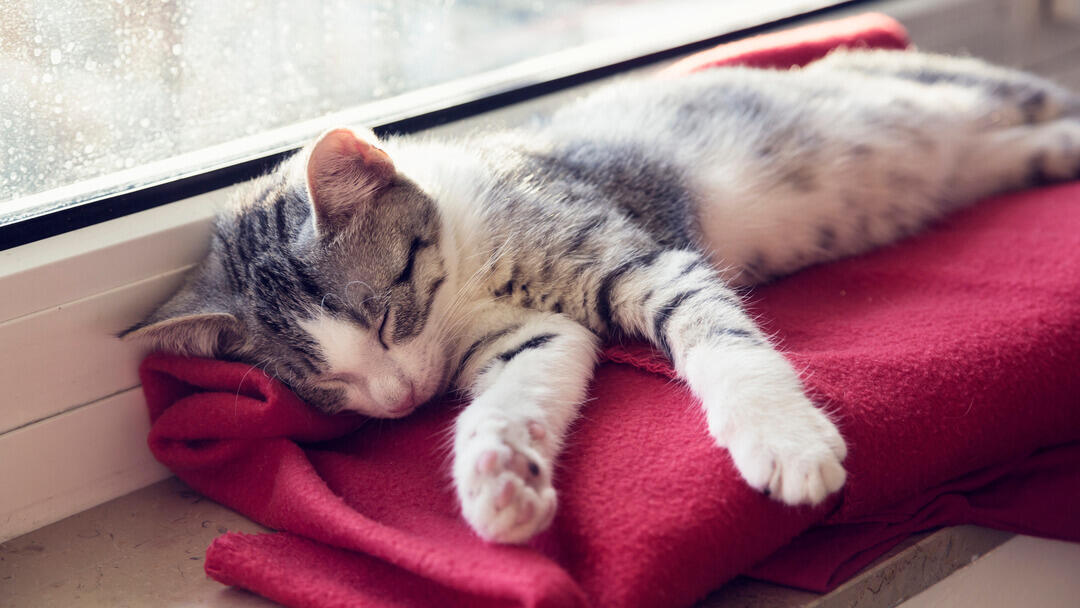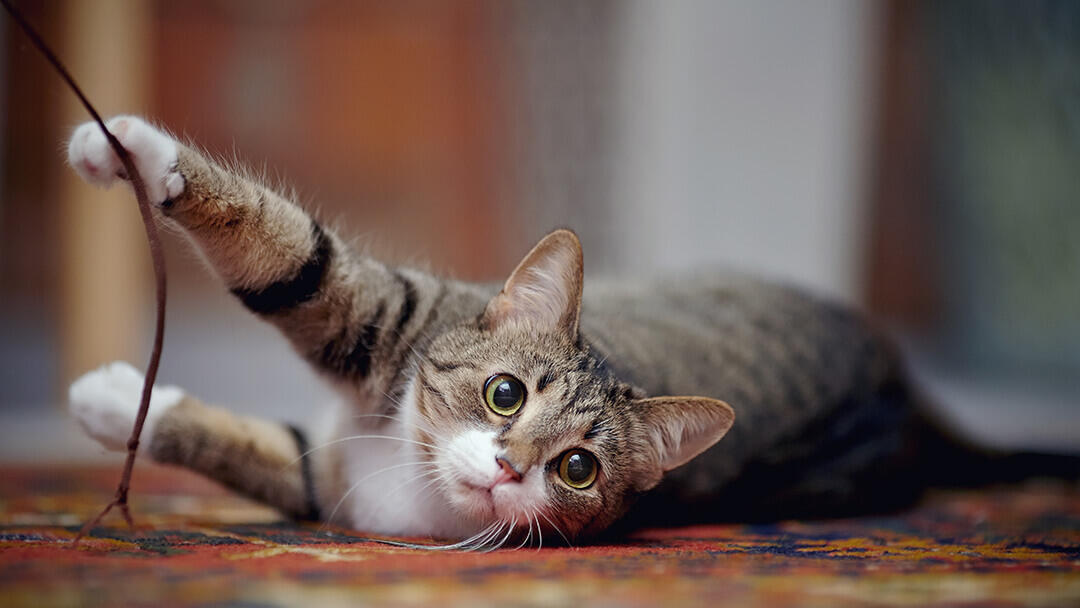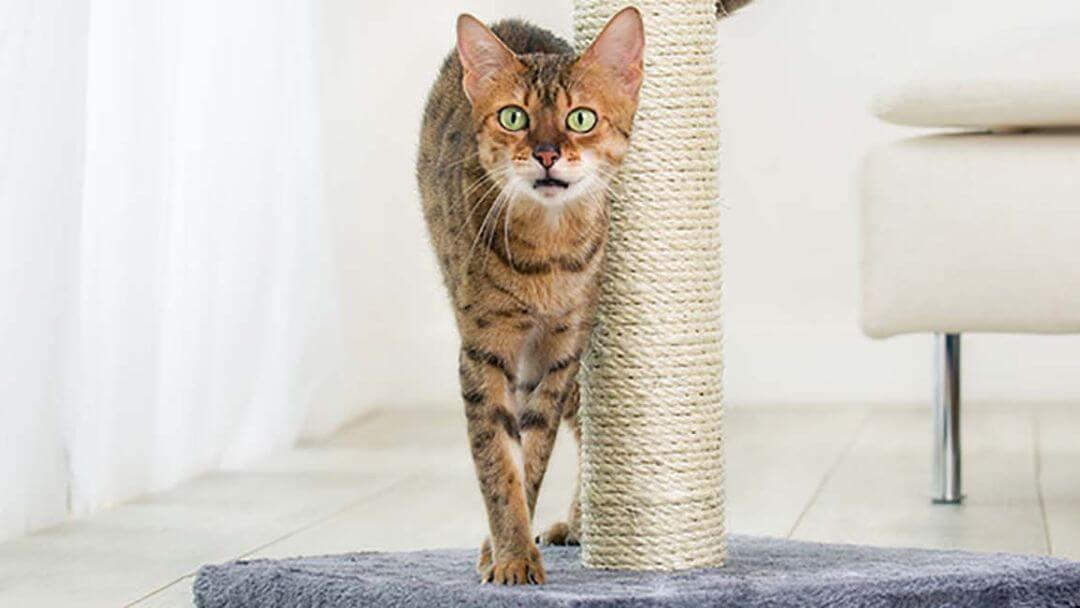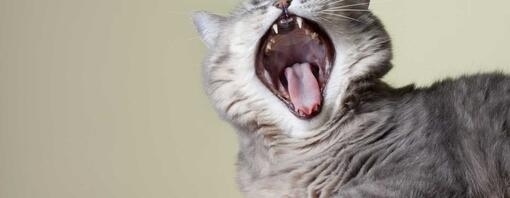
You’ve probably noticed that your cat’s mouth is full of sharp teeth – especially if they’ve nipped you before! You probably even wondered ‘how many teeth do cats have?’ Well, we’ve got the answer and other information on all things cat teeth below. Take a look!
How many teeth do cats have?
Adult cats generally have 30 permanent teeth. This includes 12 incisors, 4 canines, 10 pre-molars, and 4 molars. Note that adult cats have molars and kittens do not. All cats have two sets of teeth – their baby teeth and permanent teeth, just like humans.
Some adult cats might have less due to injury or disease. If you’re adopting a cat, make sure to book a veterinary check-up for them, including a check of their teeth.
How many front teeth do cats have?
These front teeth are incisors. These tiny teeth are designed for gripping prey, cutting and grooming. Cats will generally have 6 on the top and 6 on the bottom, which means they have 12 front teeth in total.
How many teeth do kittens have?
Kittens have 26 ‘baby’ (or deciduous) teeth. They have 12 incisors, 4 canines, and 10 pre-molars. Note that kittens don’t have molars until their adult teeth come through!
When do kittens teethe?
A kitten’s first set of teeth, their deciduous or baby teeth, will start to show at around 2-3 weeks old. The first teeth to come at around 3 weeks are the incisors. There should be 12 of these in total – 6 on the top jaw and 6 on the bottom. The rest of the teeth will come in at around 6 weeks.
When do kittens start to lose their teeth?
At around 3-4 months is when a kitten will start to lose their baby teeth. It starts with the incisors, then the canines and lastly the premolars.
At the same time as the baby teeth come out, your kitten’s adult teeth will also be forming under their jaw. They develop from structures that are called tooth buds.
When do kittens get their adult teeth?
Adult teeth in cats start to come through at around the same time as the baby teeth are falling out. By the time your cat is 6 months old, they should have all of their permanent adult teeth.
Is my kitten teething?
So, how do you know if your kitten is teething? It’s useful to understand this so you’ll know a reason for the change in cat behaviour that may accompany teething, and to enable you to look out for any potential teething complications. You’ll know your cat is teething if:
- They are drooling a lot
- Your kitten is irritable
- Your kitten or cat is grooming themselves less due to oral discomfort
- Their appetite has reduced
- Missing teeth or you might find teeth around your home
- Sensitivity around their face
- Pawing at their face or shaking their head
- Slightly bloody gums – you could spot specks of blood in their water or food but this shouldn’t be excessive. Always contact a vet if you’re concerned.
What do I do if my cat’s baby teeth don’t fall out?
If your cat’s teeth don’t fall out by themselves, this could be a condition called ‘retained deciduous teeth.’ If you notice that they haven’t started to fall out by 14 to 16 weeks, it’s worth taking your cat to the vet to make sure that everything is OK.
It’s important to note that you might not find baby cat teeth lying around on the floor. Your cat may have swallowed a baby tooth whilst they were eating instead and this is very common. However, if you’re ever concerned or unsure, make sure to contact your vet.
4 Types of cat teeth and what they do
So, which cat teeth do which job? They’re all very important to your cat so make sure to read all about them below.
Molars
Molars are right at the back of the mouth. They’re used to crunch dry cat food and other harder foods.
Pre-molars
Pre-molars sit just in front of the molars. These are sharp, serrated teeth that are used to crunch up food into chunks (or grasp and bite down on prey).
Canine
You’ve definitely seen those big cat fangs – these are called canines! They’re sharp teeth that are used to grasp food (or prey!)
Incisors
Those really small front teeth in your cat’s mouth are called incisors. They’re used for cat grooming, picking up objects and they have a scissor-like cutting action.
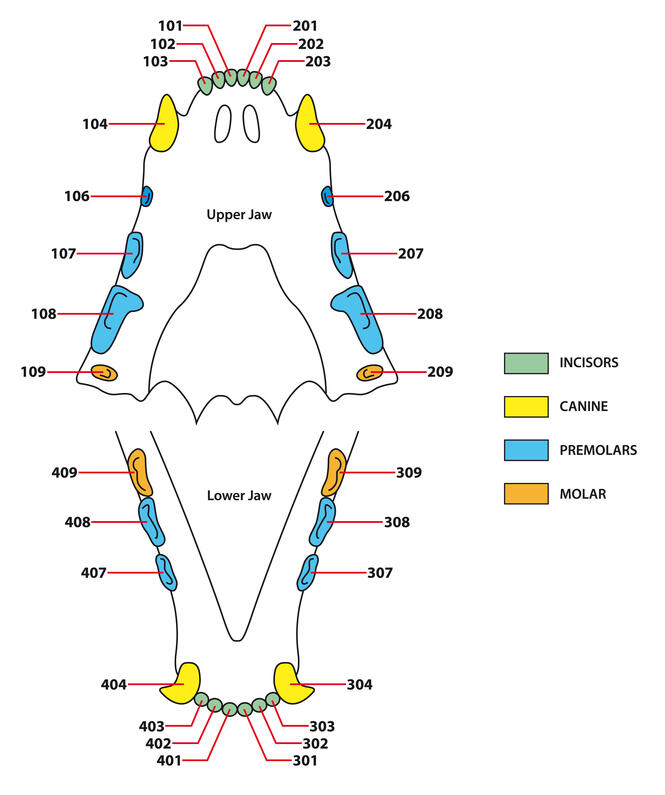
How to care for cat’s teeth
To make sure your cat’s teeth are working at their best, they need good dental care. This includes brushing their teeth with cat-safe toothpaste, and giving them dental cat treats. Without proper care, your feline friend can be at risk of stomatitis, gingivitis, and bad breath. For a full cat dental care guide, see our article here.
We hope this article on ‘how many teeth do cats have?’ and more was helpful. It’s highly important to keep your cat’s teeth clean and healthy. Take a look at our other dental health for cats articles for more information.

